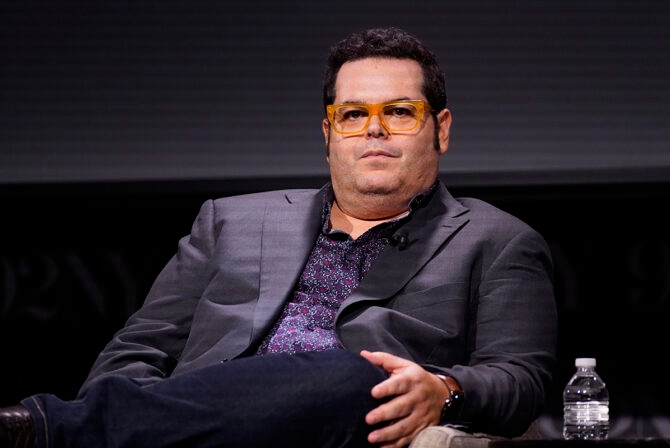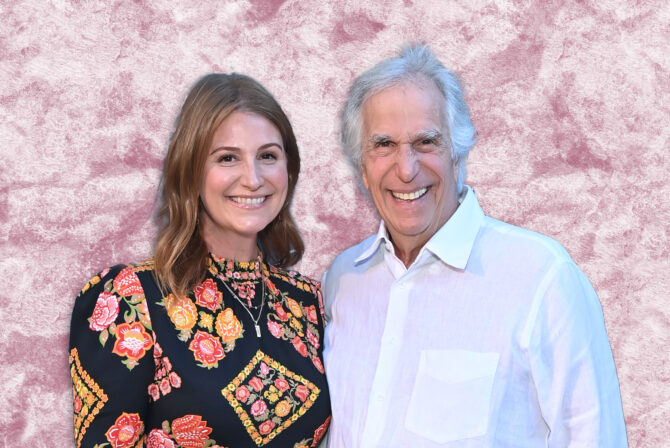“Sarah, you’re using a HANDICAPPED parking spot!? Really? You don’t look sick. You should save that spot for someone who really needs it.”
My heart starts racing and the familiar bitterness rises in me. True. I don’t look sick. But a long schlep through a mall parking lot in summer’s 100 degree heat will wipe out what little energy I have and ramp up the chronic pain in my left side, resulting in temporary paralysis.
The friend that I am with knows I am sick, knows I have had a chronic illness for the past 19 years, and while I’ve calmly explained my illness and symptoms to her, especially that heat is really bad for me, the fact that I don’t “look sick” trumps everything I’ve said.
READ: Electroconvulsive Therapy Saved My Life & Helped Me Be Myself Again
While I’m not a bitter person, the bitterness around my illness results from long term accrued aggravation at the lack of understanding. I’m not looking for, nor do I want sympathy. I want friends and family to understand that I didn’t choose this illness and that while I don’t look sick, I am, and that limits my social life and physical activities.
If you consider your close friends, family, co-workers, and neighbors, you know at least one person who has an “invisible illness.” By definition, it’s invisible so you won’t know about it unless someone has shared it with you. Invisible illnesses can be anything from infertility, mental illness, eating disorders, addictions, autoimmune diseases, genetic disorders, just to name a few. What all these illnesses have in common is the person with the illness typically doesn’t “look sick.” But the emotional pain and physical pain of an invisible illness is very, very real, and saying someone doesn’t “look sick” does them a genuine disservice.
I have an “invisible illness”—an autoimmune disease I’ve had since 1997. In one week I went from running several miles a day to near paralysis of my left leg and arm. I was rushed to the hospital for an emergency brain/spine MRI and lumbar puncture. The radiologist missed the damage to my spinal cord on that initial MRI, and so I was passed from doctor to doctor without a diagnosis—being told perhaps the partial paralysis was “all in my head.”
And that experience, unfortunately, is the first hallmark of an “invisible illness,” because they are often hard to diagnose. In a world of 15-minute office visits, doctors don’t have the time or resources to review medical tests, consider a comprehensive history, and perform a hands-on exam. Many months later I received a proper diagnosis from the Mayo Clinic in Rochester, Minnesota, which was confirmed the following year by a neurologist at the University of Chicago.
READ: How to Help a Parent Whose Child is Suffering From Mental Illness
I was very sick when I moved to my current home in 2003 but kept it secret from everyone except my closest friends. Then I had nine wonderful years in remission. I stopped seeing my neurologist, I ran 5Ks, 10Ks, and even a half marathon. I was full of energy raising two small children, working part time and volunteering at their school, our synagogue, and the JCC. And while I knew I could fall out of remission at any minute, I shoved all those thoughts into the back of my head because that type of illness happened to “other people,” not me.
Then the illness came back full force in the spring of 2013. My left leg was paralyzed along with a significant loss of dexterity in my left hand. The fatigue, which is a hallmark of my illness, was relentless. No matter how much I slept, I needed more sleep. I had to stop working and volunteering, and the pain in my legs was a steady 7 on a scale of 1-10. The illness, which I had deliberately kept invisible, suddenly became very visible, but only to me. I didn’t have any outward symptoms that anyone could see.
Two and a half years later, it’s clear that I am not going back into remission. The illness has changed from a remitting form to a progressive form and the goal now is to slow the rate of progression. On a scale of 1-10, my pain varies from a 2 to an 8. Can I work full-time? No, because one of the symptoms of my illness is extreme fatigue that causes me to “crash” every afternoon unless I take a nap. It’s not a luxury and it’s not something a cup (or 10) of coffee can fix. If it were up to me, I would be working, volunteering, or spending time with my children instead of sleeping. But it’s not a choice.
The last few weeks and months have brought on a barrage of “you don’t look sick,” “think positively,” “get over it,” “do a cleanse,” “eat paleo/vegan/gluten free,” and, “just exercise or mediate,” from friends and family who know I am sick. I was exercising regularly and eating gluten/dairy free when I got sick, so clearly that’s not the cure. There is no “magic” elixir for my illness or for anyone with an invisible illness. If I could “cure” myself with any of those things, I would have done it already.
I understand this advice is well-meaning, but it’s hurtful. Unsolicited advice only adds to my frustration at my limitations. I didn’t choose this—I drew the short straw in the confluence of genes, environment, and plain bad luck.
READ: What Does a Mental Illness Patient Look Like?
What would be helpful to someone with an invisible illness? Offer to cook a meal or help with their children. Acknowledge their pain. Ask how they are feeling. Recognize that you may not understand what they are feeling but show compassion and support. Be kind when someone is late to work or limits socializing. Please, don’t judge. Taking naps during the day and parking in a handicapped spot is not a luxury for me. We don’t enjoy having to explain ourselves to anyone who says, “You don’t look sick.” We don’t want pity parties; we want to get better. We are doing our best.







